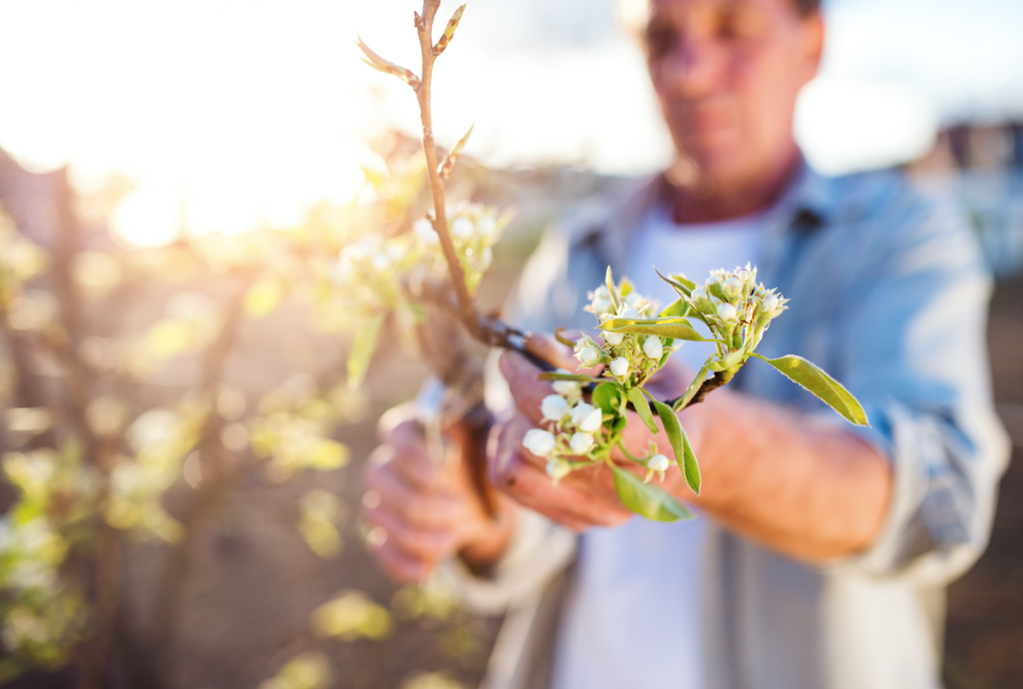
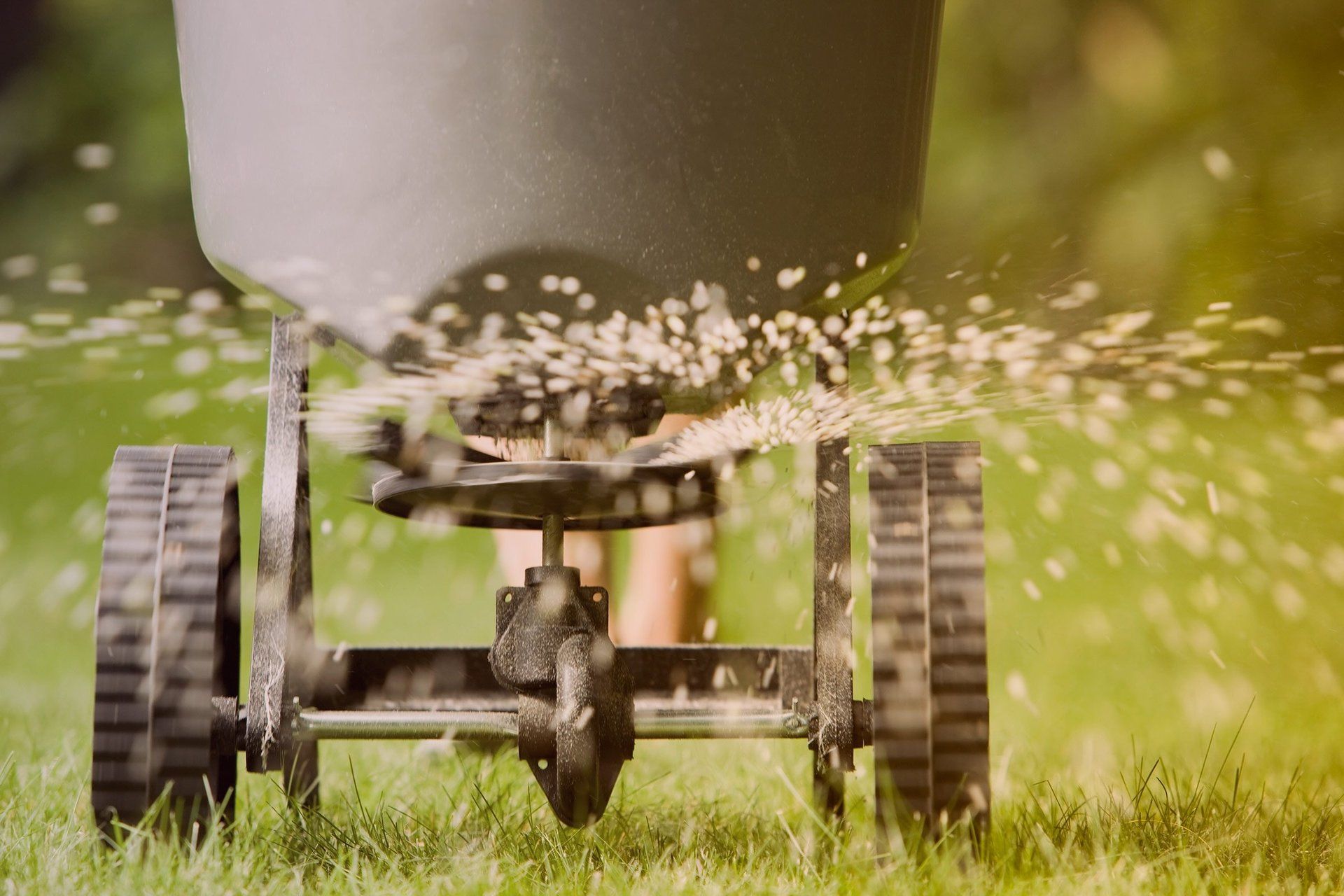
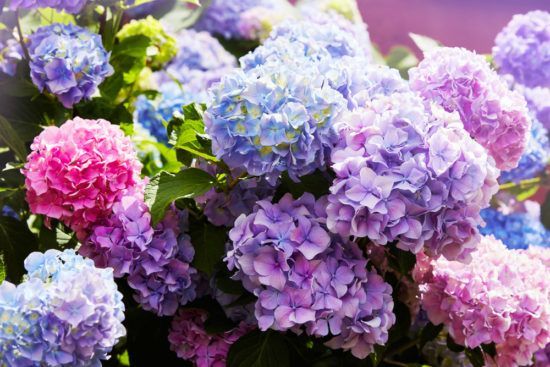
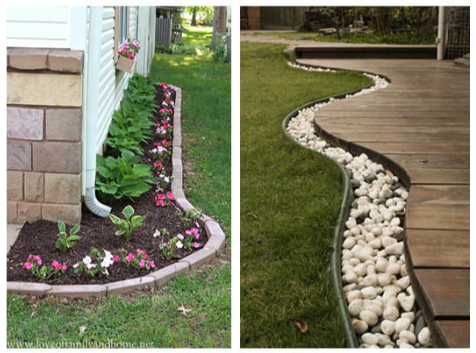

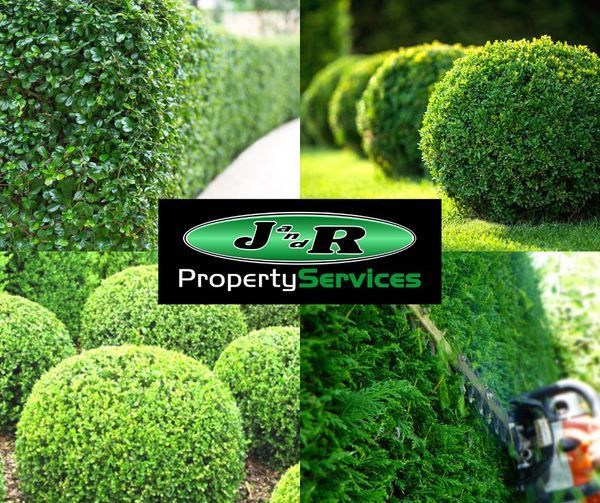
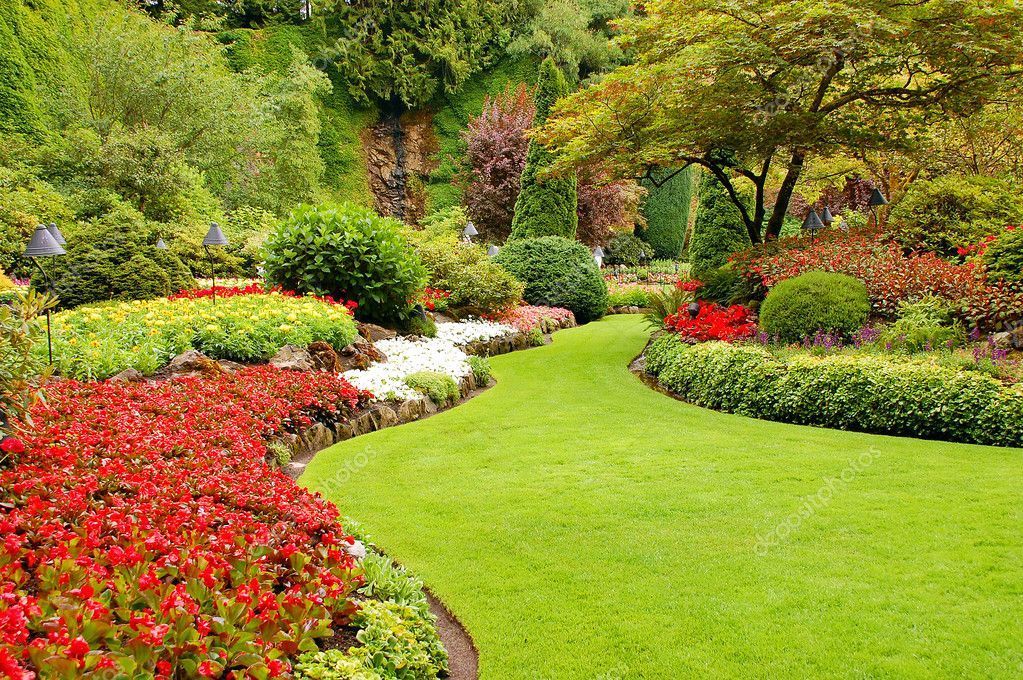
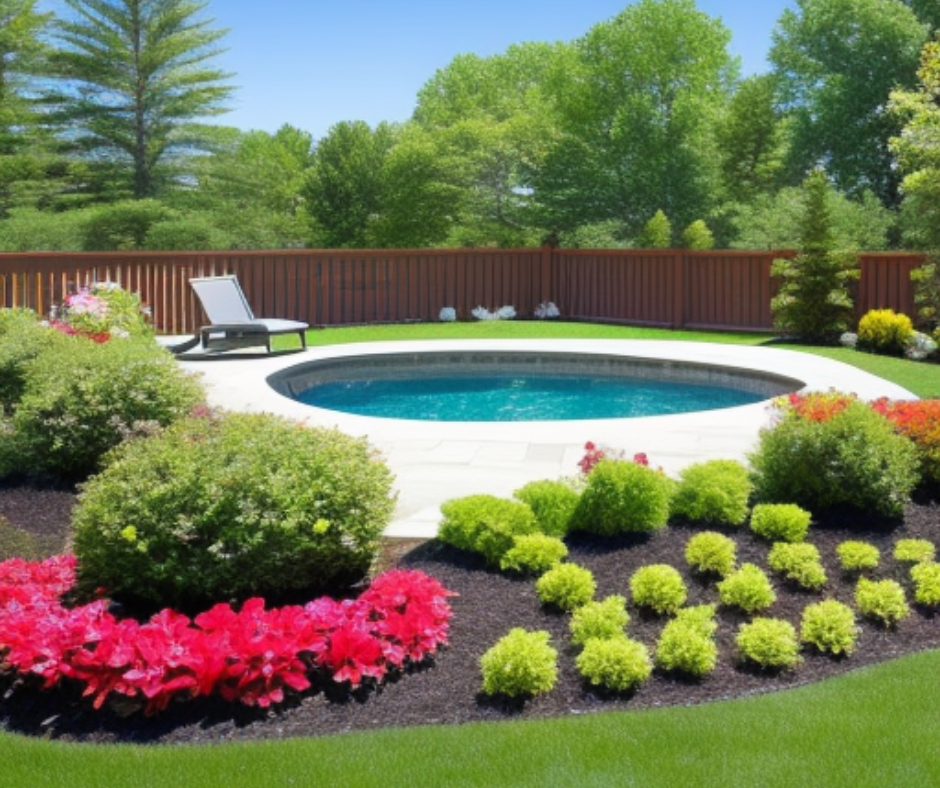

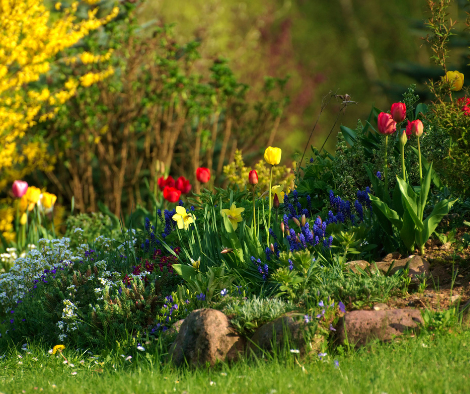
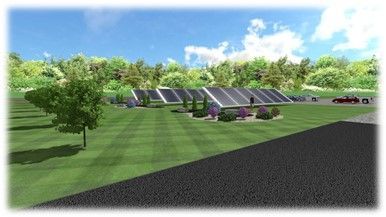
The green industry is one that is constantly evolving and looking for new ways to become more sustainable and environmentally friendly. One of the latest advancements in the industry is the shift towards electric power. This shift is not only beneficial for the environment, but also for companies and individuals who use it.
The use of electric power in the green industry has numerous benefits. Firstly, it reduces carbon emissions and helps combat climate change. This is because electric power is clean and renewable, reducing the industry's dependence on fossil fuels. Secondly, electric power increases efficiency and reduces operating costs. This is because electric equipment is often lighter and easier to use, making it more convenient for landscapers and gardeners. Lastly, the use of electric power in the green industry improves its overall sustainability.
The advantages of using electric power in the green industry are numerous. Firstly, electric power is clean and renewable, reducing the industry's dependence on fossil fuels. Secondly, electric equipment is often lighter and easier to use, making it more convenient for landscapers and gardeners. Additionally, the use of electric power in the green industry is becoming more prevalent and accessible, with a wide range of electric equipment options available.
J and R Property Services is a leading provider of landscaping services, and is committed to being at the forefront of the green industry's shift towards electric power. The company invests in electric equipment and regularly trains its employees on its use and maintenance. This commitment to electric power is part of J and R Property Services' larger commitment to sustainability and environmental responsibility.
The green industry's shift towards electric power is a positive and necessary step towards a more sustainable future. J and R Property Services is a leader in this shift, with its commitment to using electric power in its operations. By choosing a company that is committed to going electric, you can support the green industry's efforts towards sustainability and environmental responsibility. If you're looking for a landscaping company that is committed to going green, consider J and R Property Services.










J and R Property Services
8076 Thompson Rd. Cicero, NY 13039 | info@jandrlandscapes.com | 315-699-4971

